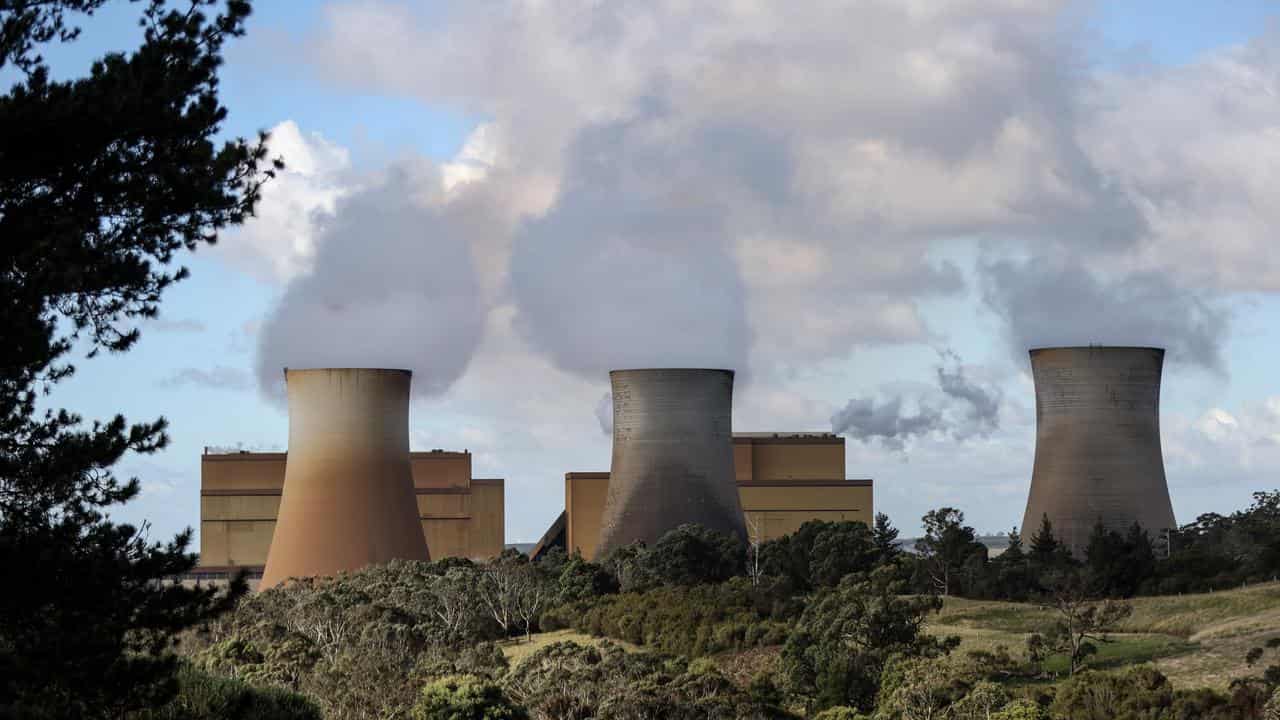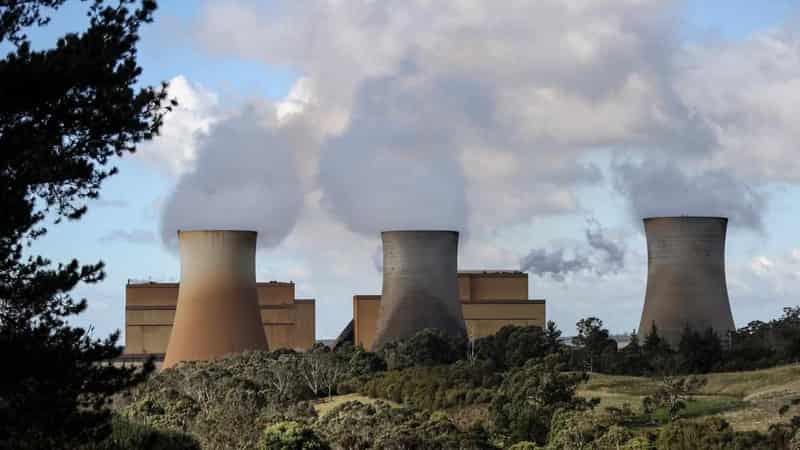
Workers at coal and gas-fired power plants set to close will be offered a raft of support including paid retraining, redeployment, and financial assistance.
The measures will be provided through the Net Zero Economy Authority, led by Reserve Bank Board Member Dr Iain Ross, after legislation passed the Senate on Thursday.
It aims to deliver economic support to communities where plants with announced closure dates are located while driving new jobs and renewable investment projects.
These include the Latrobe Valley in Victoria, Gladstone in Queensland, Collie in Western Australia and the Hunter Valley in NSW.
Prime Minister Anthony Albanese said the new laws were a major milestone in Australia's journey to no emissions.
"These bills represent our commitment to ensuring no region, no community and no worker is left behind," Mr Albanese said.
"This is about building the industries and creating the jobs that underpin our future prosperity”.
Climate Change and Energy Minister Chris Bowen said workers in the impacted regions should be at the core of the transformation.
"It will be a one-stop shop for new industries coming to regional Australia to create jobs and investment and for the workers already there to prepare for the jobs for the future,” he said.
ACTU President, Michele O’Neil said the bill passing was a "breakthrough" for Australian energy workers.
“It’s about supporting workers with training and redeployment and also creating diverse and resilient regional economies with well-paid, safe, and secure jobs," Ms O'Neil said.
The Australian Council of Social Service said an amendment to require First Nations representation on the Board was made, in addition to two union and two industry representatives.
The council's acting CEO Edwina MacDonald said the changes were essential to ensure communities impacted by the transition were supported.
“The transition to a clean economy is an opportunity to reduce poverty and inequality," she said.
"But this will only happen if there are requirements to ensure the whole community is supported through this process."
At least five coal-fired power stations and four natural gas-fired stations are slated to close across Australia in the next five years.









